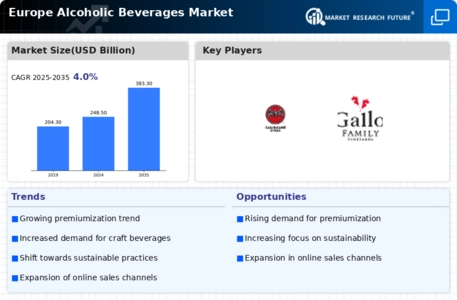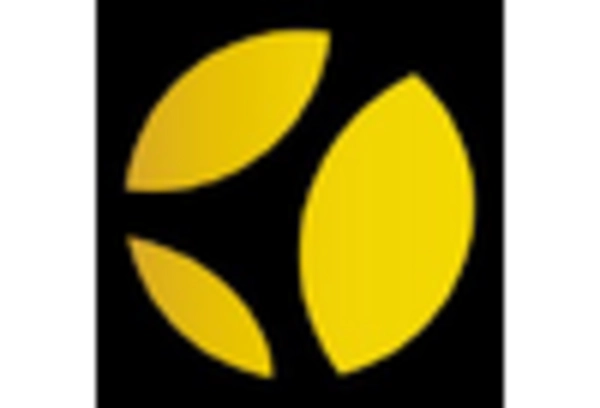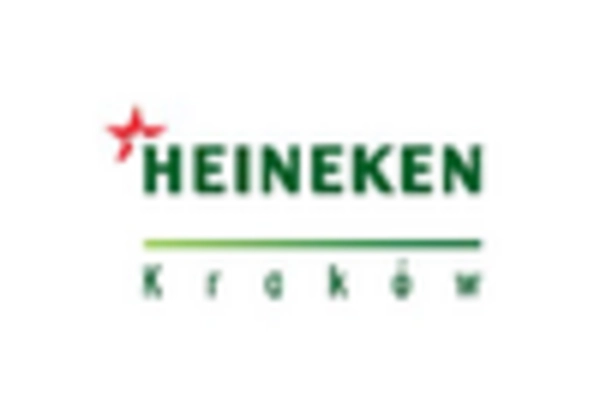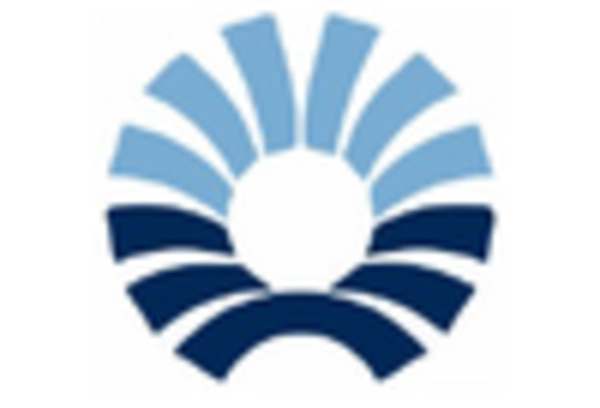Evolving Consumer Preferences
The Europe Alcoholic Beverages Market is currently witnessing a shift in consumer preferences towards craft and artisanal products. This trend is driven by a growing desire for unique flavors and experiences, leading to increased demand for small-batch breweries and distilleries. According to recent data, craft beer sales in Europe have surged, with a notable increase of approximately 20% in the last year alone. Consumers are increasingly seeking authenticity and quality, which has prompted established brands to innovate and diversify their offerings. This evolution in consumer taste is reshaping the competitive landscape, compelling traditional manufacturers to adapt their strategies to cater to the discerning palate of modern drinkers.
Cultural and Social Influences
Cultural and social factors are profoundly influencing the Europe Alcoholic Beverages Market. The rise of social media and influencer marketing has transformed how consumers discover and engage with alcoholic products. Platforms like Instagram and TikTok are becoming vital for brands to showcase their offerings and connect with younger demographics. Additionally, cultural events and festivals celebrating local beverages are gaining popularity, further driving interest in regional products. This cultural engagement not only fosters brand loyalty but also encourages consumers to explore diverse alcoholic options. As a result, brands that effectively tap into these cultural trends are likely to thrive in the evolving market landscape.
Regulatory Changes and Compliance
The regulatory environment surrounding the Europe Alcoholic Beverages Market is becoming increasingly stringent. Governments are implementing stricter guidelines regarding labeling, advertising, and health warnings on alcoholic products. These regulations aim to promote responsible drinking and reduce alcohol-related harm. For instance, the European Union has introduced new labeling requirements that mandate clear information on alcohol content and ingredients. Compliance with these regulations is essential for manufacturers to maintain market access and consumer trust. While these changes may pose challenges, they also present opportunities for brands to differentiate themselves through transparency and commitment to responsible practices, potentially enhancing their market position.
Rise of E-commerce and Online Sales
The Europe Alcoholic Beverages Market is experiencing a significant transformation due to the rise of e-commerce and online sales channels. Consumers are increasingly turning to digital platforms for purchasing alcoholic beverages, driven by convenience and a wider selection of products. Recent statistics indicate that online sales of alcoholic beverages in Europe have grown by over 30% in the past year. This shift is prompting traditional retailers to enhance their online presence and adapt to changing consumer behaviors. As e-commerce continues to expand, brands that effectively utilize digital marketing strategies and optimize their online sales channels are likely to capture a larger share of the market.
Technological Advancements in Production
Technological innovations are playing a pivotal role in shaping the Europe Alcoholic Beverages Market. Advances in brewing and distillation technologies have enabled producers to enhance efficiency and product quality. For example, the adoption of automation and precision fermentation techniques has led to improved consistency in flavor profiles and reduced production costs. Additionally, the integration of data analytics allows manufacturers to better understand consumer preferences and optimize their product offerings. As a result, companies that leverage these technologies are likely to gain a competitive edge in a crowded marketplace, appealing to both traditional and new consumers seeking high-quality alcoholic beverages.


















Leave a Comment